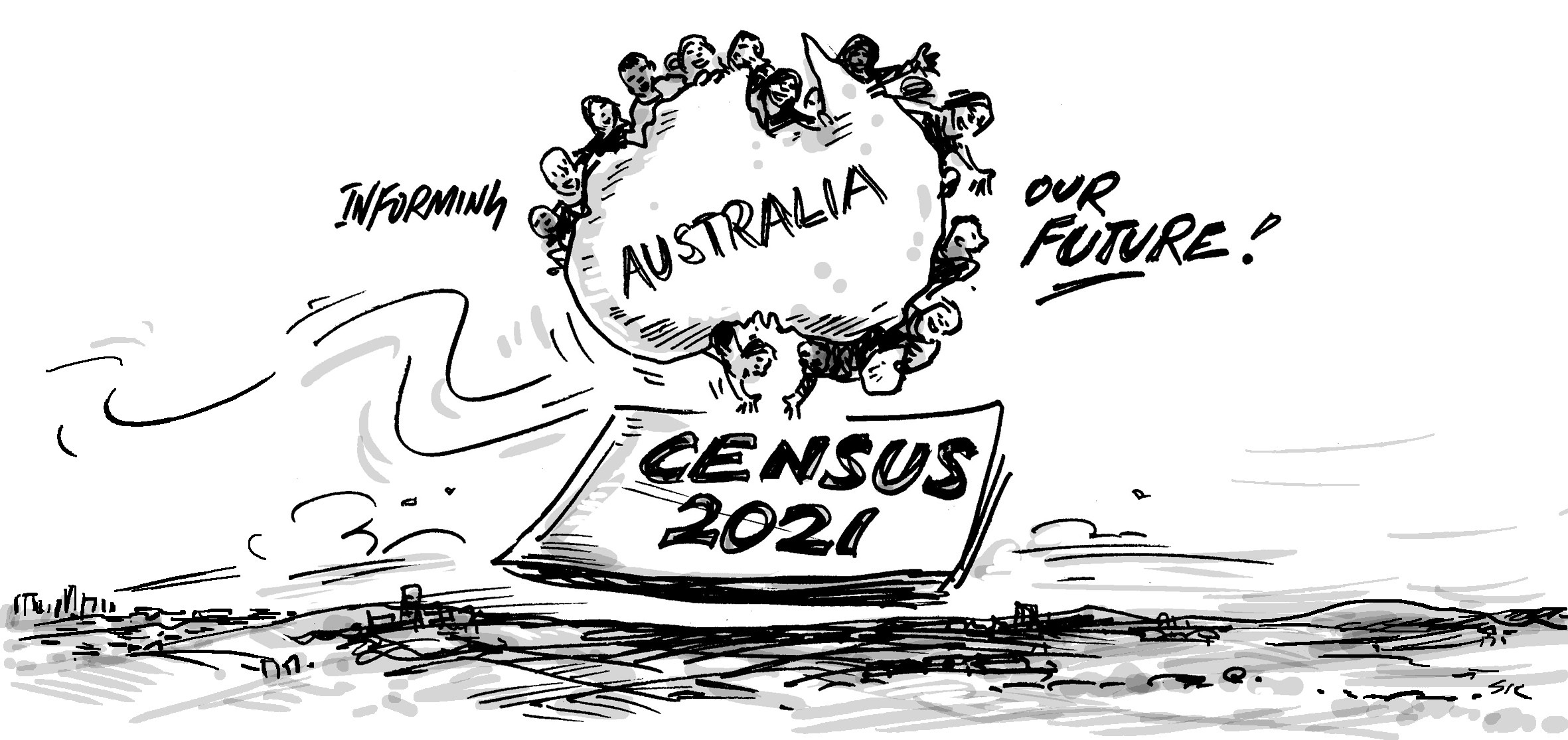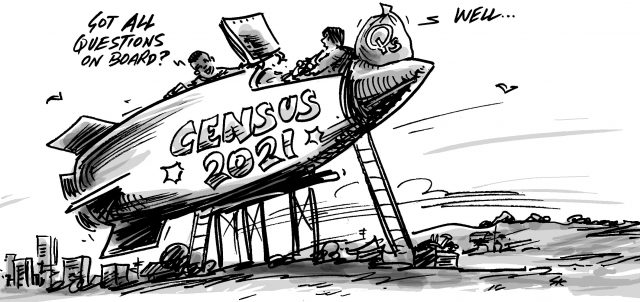Second release data released by the ABS
October 23rd marked the second release of 2016 Census data by the Australian Bureau of Statistics.
While about 75% of Census topics came out in June (and are now fully loaded into the community profiles for those councils who are subscribed), we always have to wait a few more months for the ABS to release the remaining 25%.
This is because this second release contains more complex topics which require interpretation and coding to particular categories.
The second release from of Census data from the ABS includes
- all topics related to employment, industry, occupation and method of travel to work
- place of usual residence 1 year and 5 years ago
- journey to work – origin and destination
- qualifications – level and field of post-school qualification
And still to come is the final release of Socio-Economic Indexes for Areas (SEIFA), which is due next March.
Early insights from the second release
Here are a few of the headline figures to come out of this release;
- Australia’s unemployment rate on Census day was 6.9%, up from 5.6% 5 years ago, and by far the largest increase we’ve seen in a Census since 1991, at the peak of the last recession
- The participation rate (labour force divided by population) was 60.3%, down from 61.4% in 2011. This may be due to ageing population, but due the poorer response rate in 2016, it’s a bit hard to tell (“Not Stated” was up by about 1%)
- Youth unemployment for 15-24 year olds stood at 14.9%, sharply up from 12.2% in 2011
- A record proportion of 22.0% of the population had a degree or higher qualification, an increase of 3.2%, the same increase as from 2006-2011.
- 52.4% of people were at the same address as they were 5 years before. This was 54.8% in 2011, which means that more people are moving house now over a 5 year period (though again, a higher not stated rate has some impact).
- Public transport use accounted for 11.3% of trips to work, up just slightly from 10.4% in 2011, while bicycle use remained largely unchanged at 1.0% of all trips, just over 100,000 people.
- The largest industry by employment in Australia, by a large margin, is Health Care and Social Assistance, with 1.36 million people employed. Manufacturing continued to tumble, now only employing 684,000 Australians. Half of Australia’s employment growth was in Health Care and Construction, while much of the remainder was in the “Not Stated” category
- Professionals showed the largest increase of any of the major occupation categories, up by 225,000 people, and now making up 22.2% of the workforce. But in percentage terms, it was outpaced by Community and Personal Service workers, up by 185,000 people. This group disproportionately works in Health Care so this isn’t surprising.
Does your area reflect these trends?
Of course, the nuance to these national stories emerges at the local level. So when will you be able to see how your community compares?
We have now received some of the second-release datasets, and have begun processing them to appear in our tools for local government. We will get the remainder of the topics not yet released when ABS Tablebuilder is released on November 10th.
These datasets are, by their nature, more complex than the 1st release topics, and will take a bit longer than the first round to load in.
We are working on the first datasets now, including the Journey to Work data – we expect these to take 2-3 weeks to load in, and expect they will be available by early-December.
Our plan is to have the remaining second release topics in all our tools by Christmas. This includes the remainder of 2016 Census data for the community profile and social atlas tools, along with data for the economic profiles (second-release data makes up 90% of the information in that tool).
If your council already subscribers to our economic profile tool, you already have updated modelled datasets, which are released annually by our economic partners, NIEIR. The current year for this is 2015-16, with new data expected to be in the site around April 2018, for the 2016-17 financial year.
Stay up-to-date
Bookmark our 2016 Census update tracker page, where we announce each new topic release as-it-happens, alongside great insights and analysis from our team of population experts.
Questions?
We want you to feel confident using these updates to understand the story of your changing community.
If you’re still not sure about any of our updates, leave a comment below and we’ll be happy to clarify.









